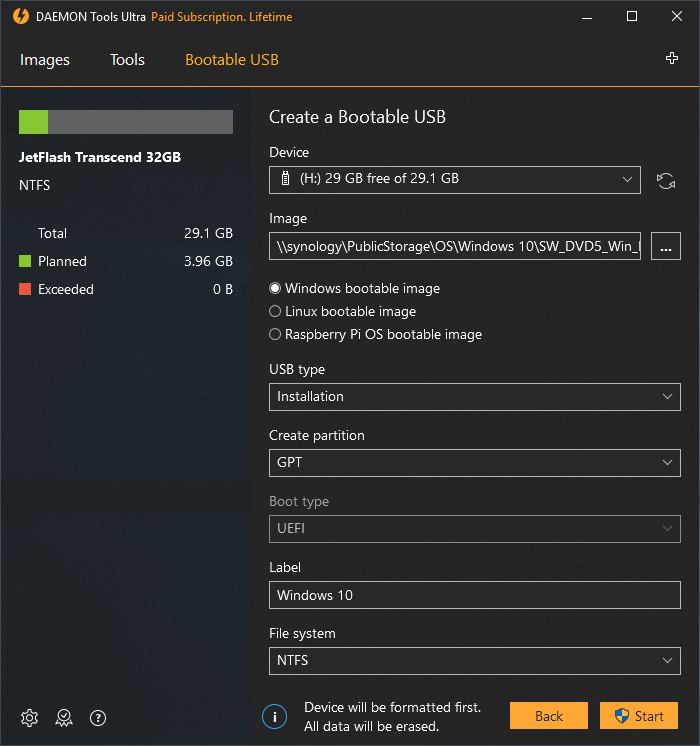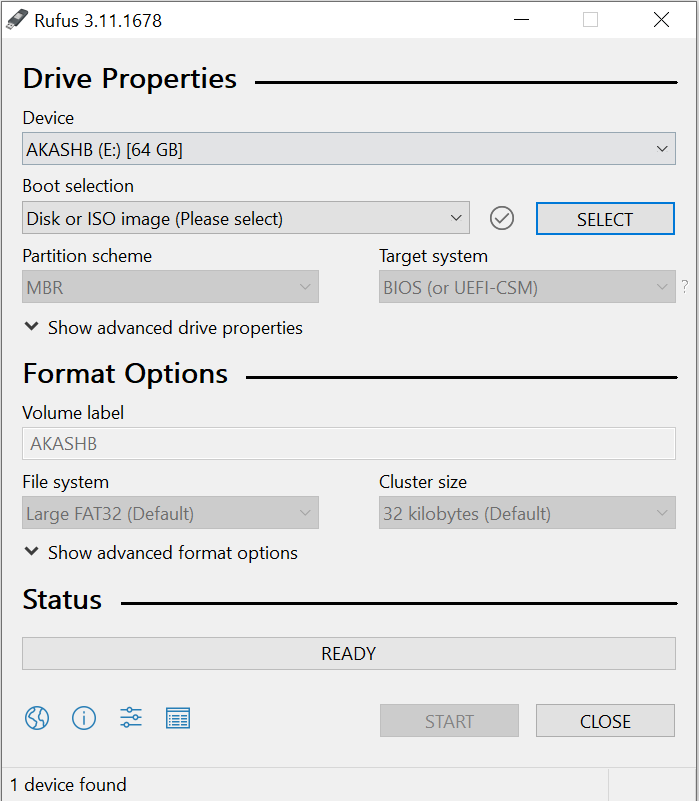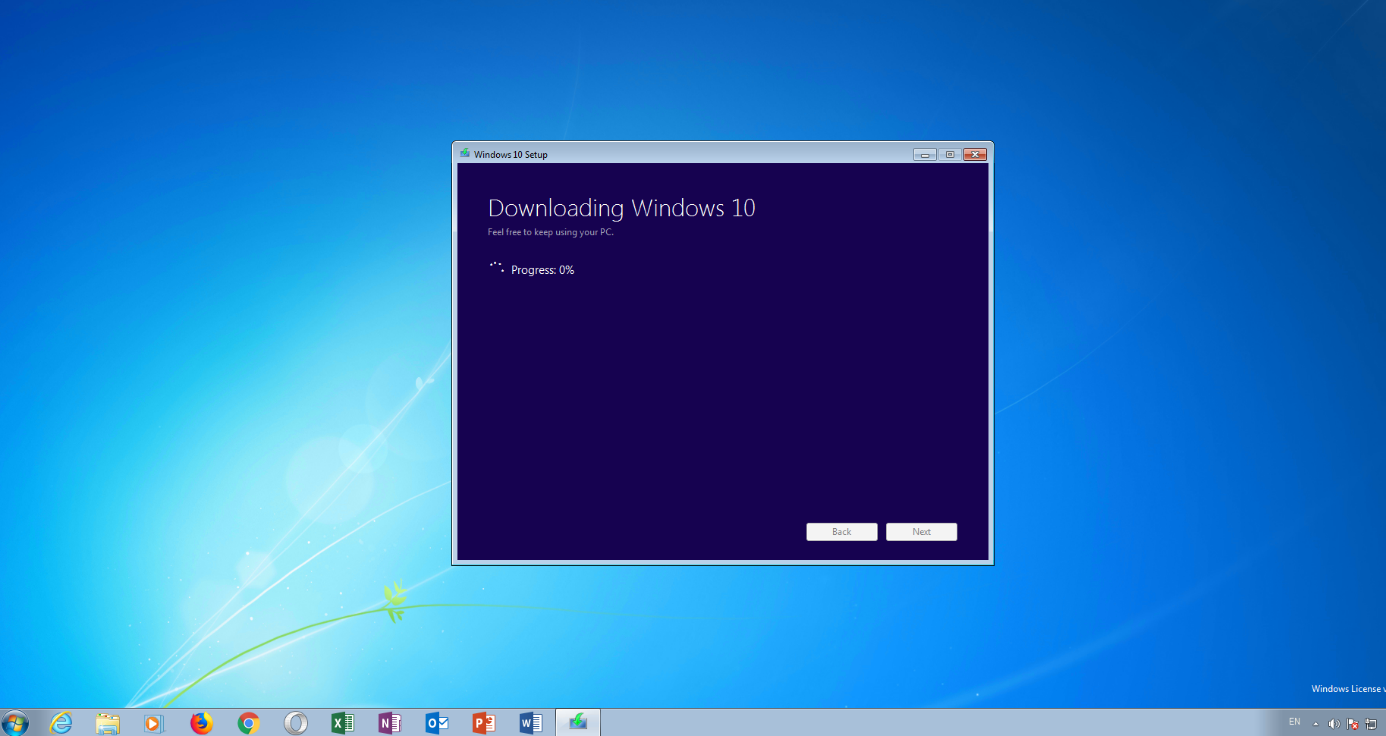

- #How to use a bootable usb when on windows 10 how to
- #How to use a bootable usb when on windows 10 movie
- #How to use a bootable usb when on windows 10 install
- #How to use a bootable usb when on windows 10 full
Never go down a path like that without a known good backup, and know how to recover.
#How to use a bootable usb when on windows 10 full
Well.data loss should never be an issue, because you DO have full drive backups, right? Many Thanks!Any system must be already WIn 11 capable. Does that mean that any machine I try to run the Win11 portable version on must have the same specs required for installing it on a computer? I had assumed (possibly wrongly) that because in Rufus/Image Option, it had the following "Extended Windows 11 Installation (no TPM, no Secure Boot/8GB Ram)? I'm going to wipe the USB drive and try again to see if I missed something. First, when I tried to boot to the drive/Win11, It gave me errors for the computer not being UEFI bios. Yande圆3 said:I tried this on a 128gb PNY drive, and have some questions. That being said, can anyone direct me to a true "step by step" guide on how to convert an existing Win10 installation to UEFI/GPT WITHOUT LOOSING DATA? which in turn usually takes me down a rabbit hole of fixes that lasts for hours or days. I've read a number of articles on how to convert to UEFI/GPT, but they all focus on converting the drives, and experience has taught me that those types of "how tos" always seem to leave out one or two critical steps. Advice is welcome!Īlso, I've not upgraded any of my machines to Win11 yet, because all of them are MBR/Legacy. Trending Colorado wildfires burn hundreds of homes, force evacuations.I tried this on a 128gb PNY drive, and have some questions.Trending Google ready to bid adieu to 2021 with its doodle.
#How to use a bootable usb when on windows 10 movie


#How to use a bootable usb when on windows 10 install
Plug in the USB drive with the installation files into the computer you want to install Windows onto. The files will be copied to your USB flash drive.ġ3. The tool automatically downloads the ISO and helps you install it on your USB drive. If you haven’t already downloaded Windows 10’s ISO file, use Microsoft’s media creation tool to make a Windows 10 bootable USB drive. In case you have more than USB device connected to your PC, choose the correct one, and then click “Next.”ġ2. Create a Bootable Windows 10 USB Drive With the Media Creation Tool. Windows will automatically find the USB drive and select it. On the “Choose which media to use” page, choose to burn the image to a “USB flash drive.”ġ1. You can now customise the Windows 10 installation settings as per your liking.ĩ. On the “What do you want to do” page, click “Create installation media for another PC”.Ĩ. After Windows 10 files are downloaded to your computer, run it and accept the license agreement.Ħ. If you are running Windows 10 Enterprise/Education/Pro edition, you can use Windows built-in function, Windows To Go to create a Windows 10 bootable USB drive. Scroll to the “Create Windows 10 installation media” option.ĥ.

Visit the Download Windows 10 website in a browser.ģ. Plug in the USB drive (atleast 8GB RAM) to your computer.Ģ. To set up your Windows installation files, you will need a Windows computer that’s connected to the internet. Must Read | Windows 11: Microsoft updates minimum system requirements How to prepare your Windows 10 files for Installation


 0 kommentar(er)
0 kommentar(er)
